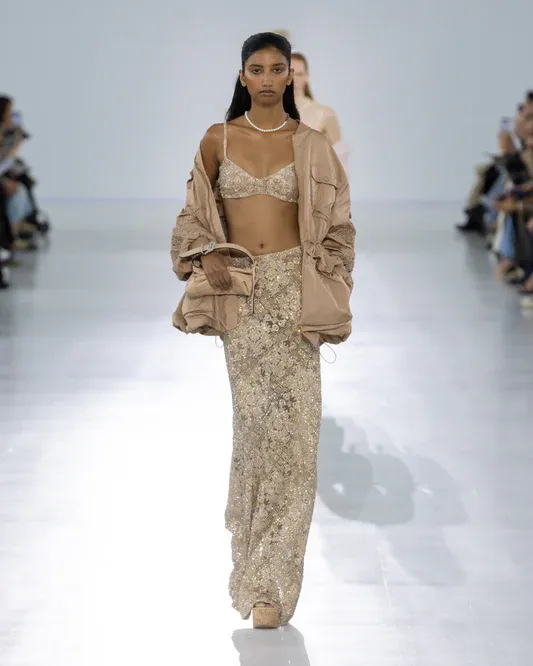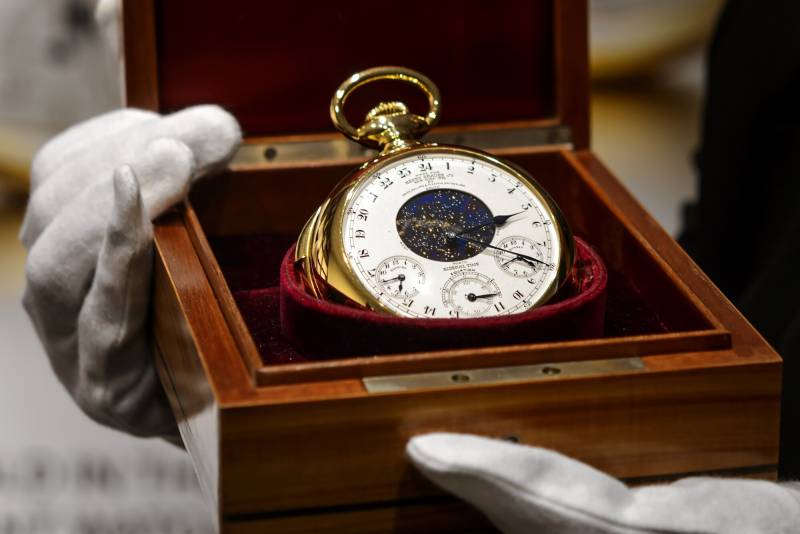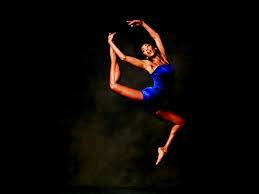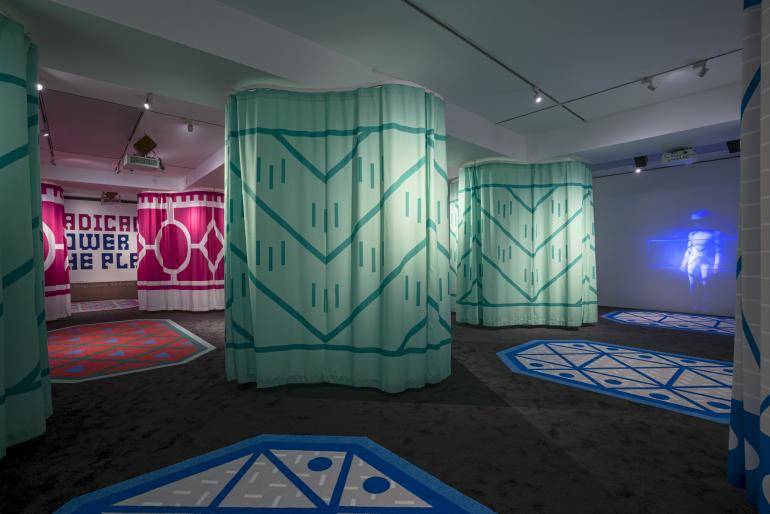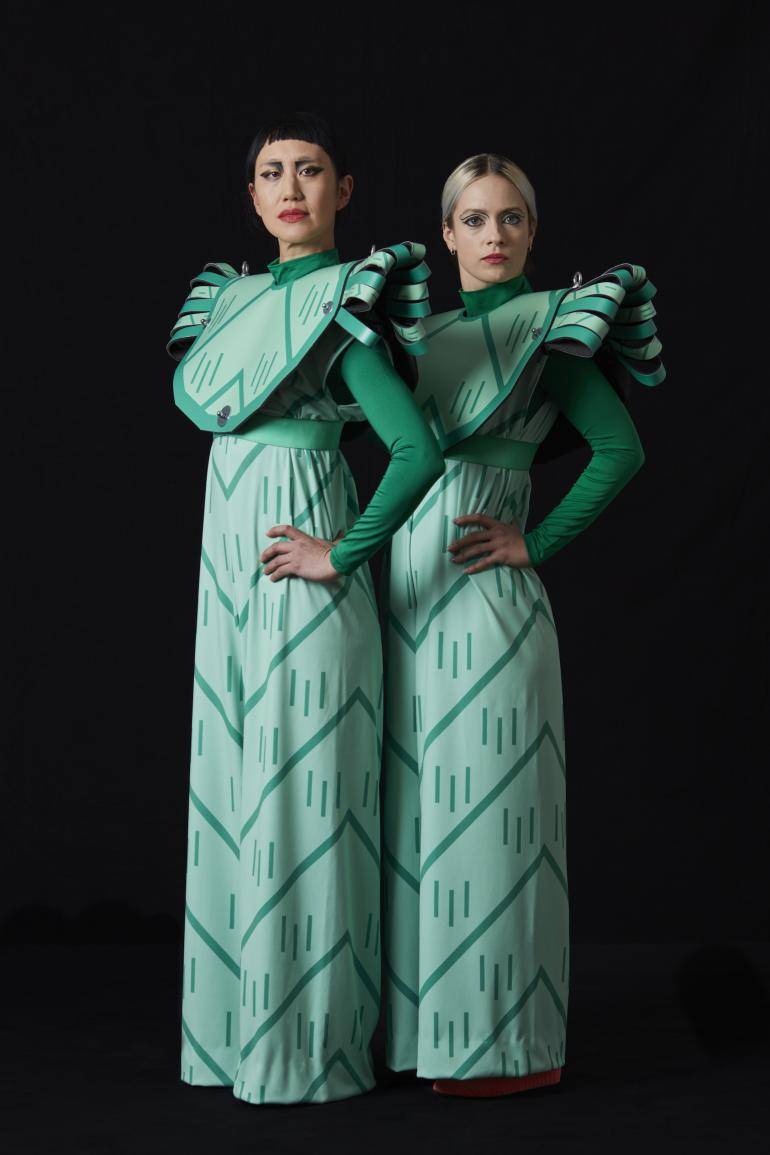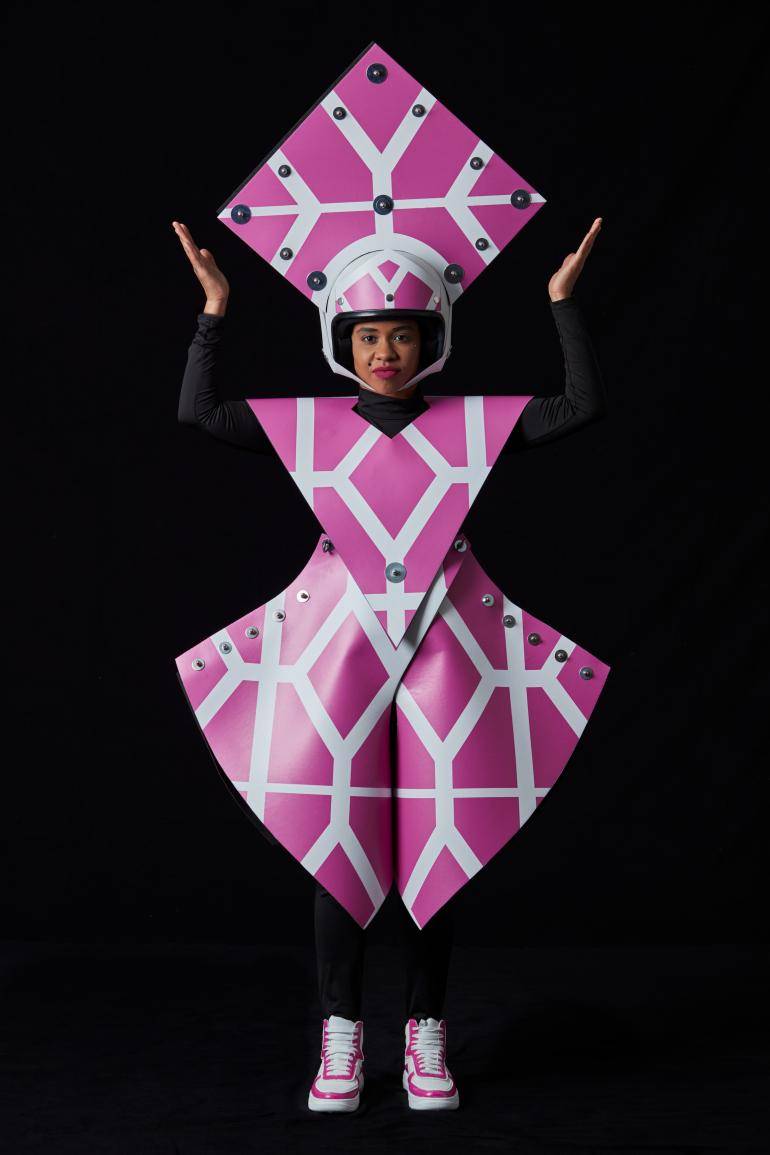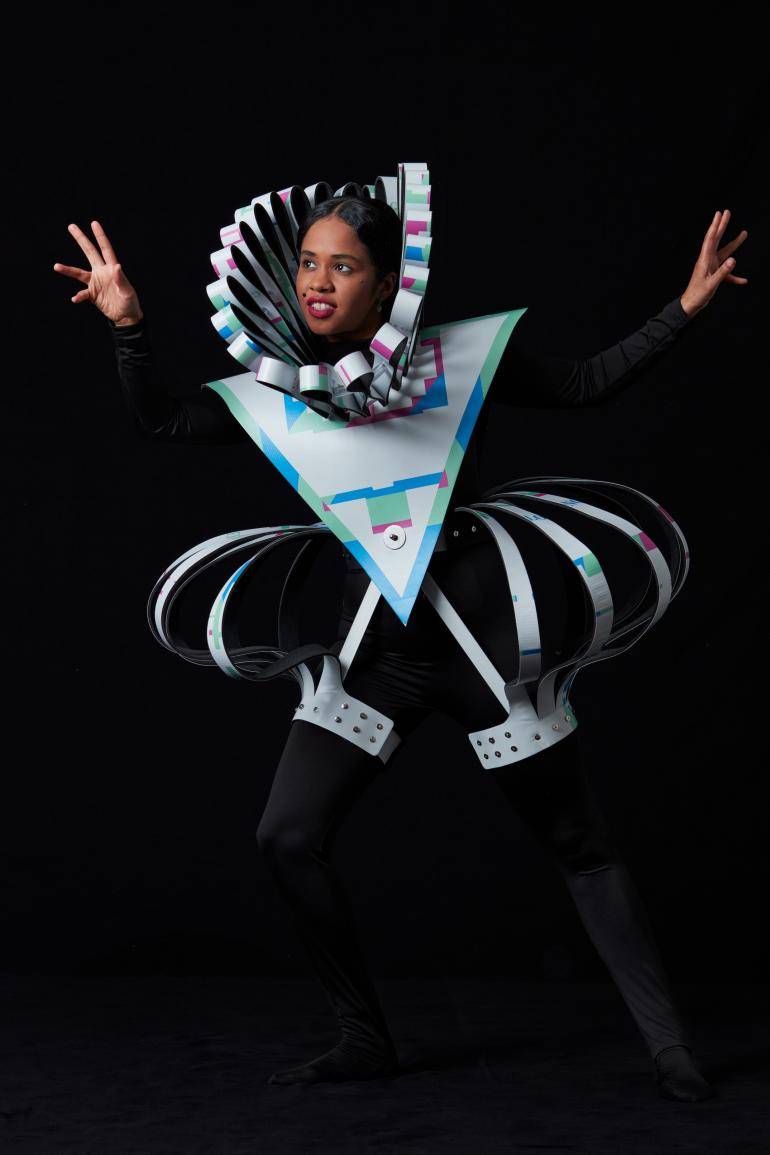A new exhibition has just launched at London’s RIBA headquarters. ‘Radical Rooms: Power of the plan’ is an immersive show, celebrating the often neglected role of women in architecture through history – as designers and commissioners, something that was also recently flagged up in the renaming of Mies van der Rohe’s Edith Farmsworth House in the US. Created as a collaboration between architect Charles Holland and artist Di Mainstone, the exhibition combines drawings and drama, featuring not only architectural plans and photography from the RIBA’s rich archive, but also an audio-visual element full of colour, theatre costumes and performances, which bring the displays to life in a captivating way.
The concept of the show, draws on ‘an alternative history of female protagonists Bess of Hardwick, Jane and Mary Parminter and Patty Hopkins’, its authors explain. Using Hardwick Hall, A La Ronde and Hopkins House (three key British houses created respectively by Bess, the Parminters and Hopkins) as case studies, Holland and Mainstone explore the power these women had in shaping the domestic floorplan, and how the particular homes helped challenge conventions in residential architecture.
The examples span time periods and styles, with Hardwick Hall being from 1597, A La Ronde from the 18th century, and Hopkins House from 1976. Yet, they were all seminal in their design, inspiring change in their time and beyond. ‘The starting point was an essay by [architect and historian] Robin Evans, where he traces the history of the corridor – a seemingly banal element which has profound impact in things like privacy and social segregation,’ Holland explains. This led to in-depth investigations into the development of the floorplan of British homes across time – and the female figures that instigated it.
The exhibition is delightfully and thoughtfully animated by specially commissioned pieces of film showing poetic, alternative versions of the four women, dressed in geometric and colourful costumes, drawing the visitor in through sound and movement. The aforementioned houses, and many more, are arranged around these films, with drawings hidden behind curtains in a way that allows the guest to explore the displays at their own pace, offering a sense of both mystery and discovery. ‘It’s not meant to have a didactic linear order,’ Holland says.
You might also be interested
